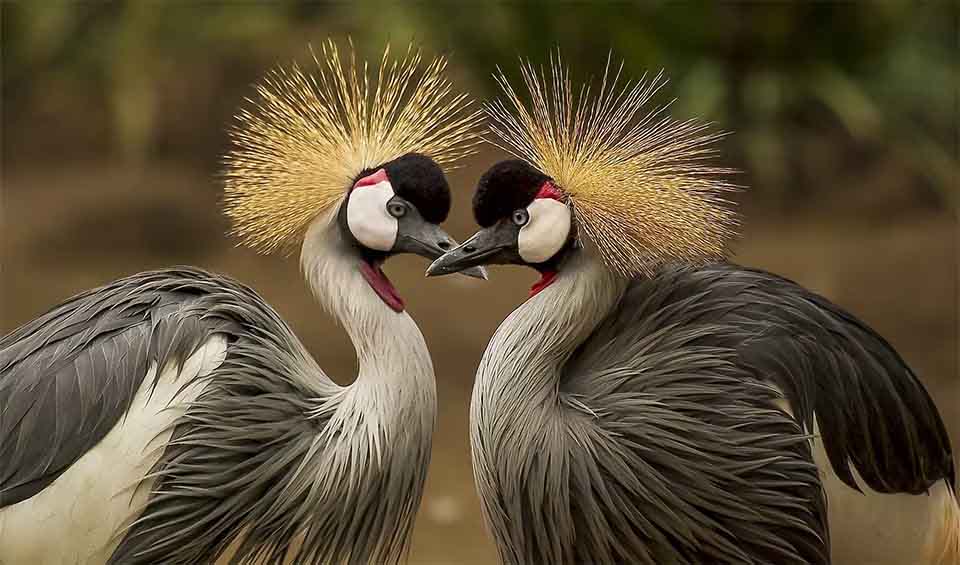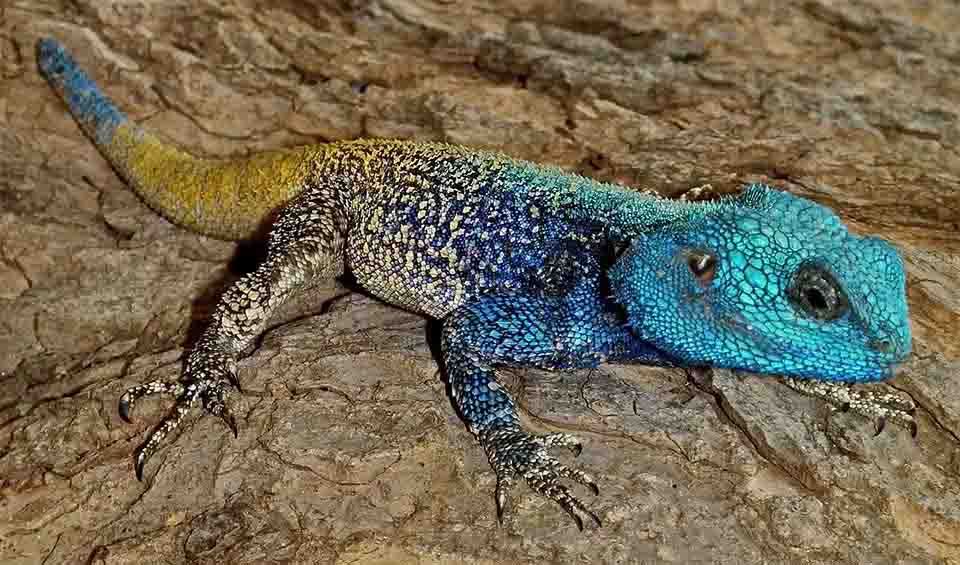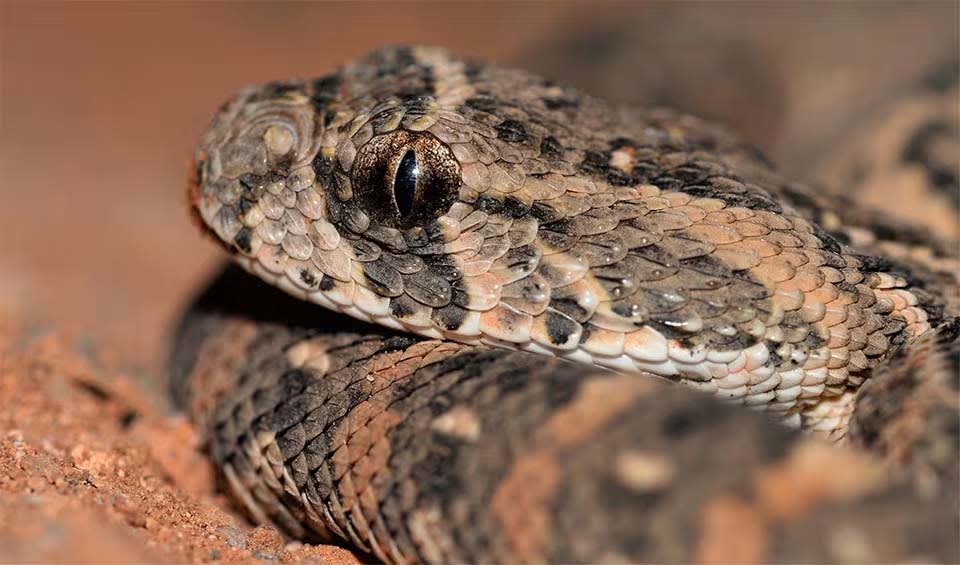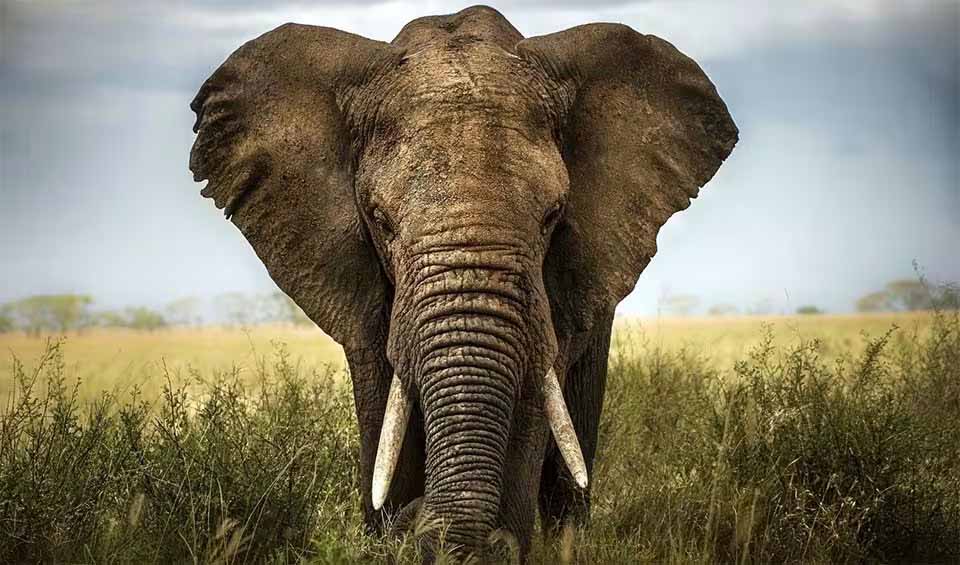Eswatini, formerly known as Swaziland, is a small, landlocked country in Southern Africa bordered by South Africa to the west and Mozambique to the east. Despite its modest size, Eswatini is rich in cultural heritage, natural beauty, and historical significance. The country covers an area of about 17,364 km² (6,704 mi²) and has a population of around 1.2 million people. Mbabane is the administrative capital, while Lobamba is the legislative and royal capital.
Eswatini’s landscape is equally captivating, characterized by a variety of terrains that range from lush, mountainous highlands to rolling savannas and river valleys. The western part of the country, known as the Highveld, is mountainous and cooler, while the eastern Lowveld is warmer and flatter. The Lubombo Mountains run along the eastern border, adding to the country’s diverse topography. This variety in landscapes supports a rich biodiversity, making Eswatini a haven for nature lovers and wildlife enthusiasts.
Four pillars elaborated:
Eswatini is home to an extensive network of protected areas, including national parks, nature reserves, and wildlife sanctuaries. These areas play a crucial role in preserving a wealth of biodiversity, featuring iconic species such as rhinos, elephants, and lions. The commitment of Eswatini to conservation is evidenced by the expansion of its protected area coverage, which has seen a steady increase over recent years. Internationally recognized by organizations like the Regional Centre for Mapping of Resources for Development (RCMRD) and the Biodiversity Monitoring and Information System (BMIS), Eswatini’s protected areas benefit from global partnerships that enhance conservation efforts through collaboration and the exchange of expertise. Land Management
Land Management
Swaziland’s biodiversity is facing numerous threats, including the transformation of natural habitats into different land uses and the invasion of alien species, which affect even the protected areas. The rapid expansion of settlements and urban development into areas rich in biodiversity, combined with wildfires that destroy ecosystems and alter habitats, pose significant challenges. Climate change, overgrazing, and unsustainable resource exploitation further stress the environment. Threats to Biodiversity
Threats to Biodiversity
Additionally, increasing poverty, particularly in rural areas, and population growth contribute to the rapid degradation of biodiversity in a cycle of decreasing resource availability. Illegal and uncontrolled hunting has also led to the near-extinction of many of Swaziland’s vertebrates, especially in areas designated as Swazi Nation Land.
Swaziland is making significant strides in integrating biodiversity considerations into both public and private sector activities, though challenges remain. The National Development Strategy provides a comprehensive framework for sustainable development across all sectors, serving as the primary strategy underpinning all other policies. Recent sector policies have seen environmental considerations integrated, notably in the National Rural Resettlement Policy, National Forest Policy (which promotes community-based resource management), Comprehensive Agricultural Sector Policy, National Food Security Policy, and National Energy Policy. The Forest Bill of 2010 aims to enhance forest management and the expansion of carbon sinks. Additionally, the National Climate Change Policy, which is in its final stages of preparation, will offer a strategic national framework to tackle the challenges and seize the opportunities presented by climate change. Capacity and Governance
Capacity and Governance
As of November 2023, there are no updates on a new biodiversity action plan for Eswatini following the conclusion of NBSAP 2 in 2022. Future Trends
Future Trends
Biodiversity
Despite its compact size, Eswatini’s ecosystems range from mountainous highveld and rolling grasslands to lush river valleys and dry savannas, each supporting a diverse array of flora and fauna. The highveld region, characterized by its mountainous terrain and cooler climate, is home to a variety of plant species, including indigenous forests, grasslands, and unique wildflowers. This region supports a range of wildlife, including several species of antelope, baboons, and various bird species. The Malolotja Nature Reserve, located in the highveld, is one of Eswatini’s key conservation areas, protecting rare plant species and providing habitat for animals such as the endangered blue swallow and the elusive serval cat.In the lowveld, the landscape transitions to a more arid savanna, characterized by thorny bushveld and open grasslands. This region is home to larger wildlife species, including elephants, rhinos, lions, and giraffes. Hlane Royal National Park, the largest protected area in Eswatini, is located in the lowveld and is a vital sanctuary for these iconic African animals. The park also supports populations of vultures, eagles, and other birds of prey, making it an important area for avian biodiversity.
In the table below are the number of known species in several main groups, how many of these species are Threatened with extinction, and how many of them are Endemic (unique to Eswatini only):
| Species (World rank) |
Threatened | % Threatened | Endemic | % Endemic | |
|---|---|---|---|---|---|
| Mammals | 138 (#84) | 9 | 6.5% | ||
| Birds | 486 (#72) | 17 | 3.5% | ||
| Reptiles | 3 (#205) | 1 | 33.3% | ||
| Amphibians | 38 (#73) | 3 | 7.9% | ||
| Fishes | 56 (#200) | 4 | 7.1% | ||
| Plants | 3,500 (#101) | 13 | 0.4% | 25 | 0.7% |
mammals
Black rhinoceros
With 3 out of 8 subspecies have been declared extinct, illegal poaching puts these hooked upper lip rhinos in danger
Cheetah
Racing to extinction: historically ranging throughout Africa to India, now distributed in small, fragmented populations
Cape fox
It can climb, swim, and run faster than you might expect from an animal that weighs just a few kilograms
birds
Common ostrich
Arabian ostrich, 1 of 4 subspecies, was hunted to extinction in mid-20th century
Bateleur
One of the easiest birds of prey to identify from a distance
Grey crowned crane
It holds significant cultural and spiritual importance in African cultures, often associated with wisdom, longevity, and good fortune
reptiles
Southern tree agama
Not only change color during breeding but also to express their emotional state
African helmeted turtle
A freshwater turtle native to the waters of Africa and Madagascar
Puff adder
Notoriously grumpy, always putting on a dramatic hissy fit when approached
National Animals
Thomsons gazelle
The black and white stripes on the golden brown face add to its beauty.
Lion
Tufted-tailed Simba in the plight
African bush elephant
Size matters! The largest of the three elephant species and the largest extant terrestrial creature on our planet
















